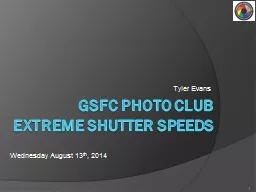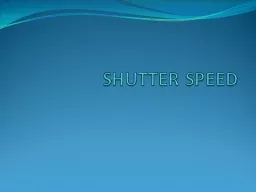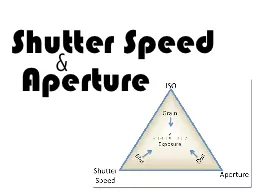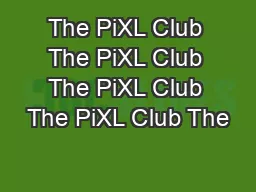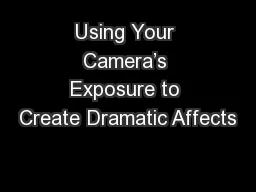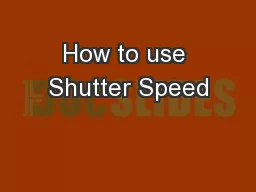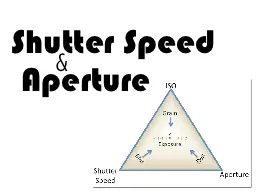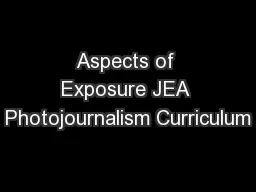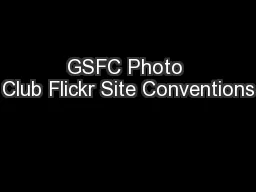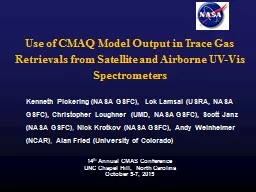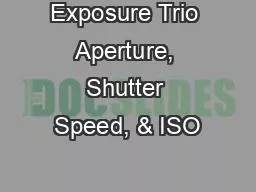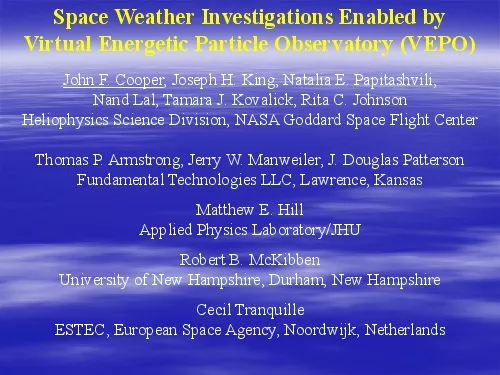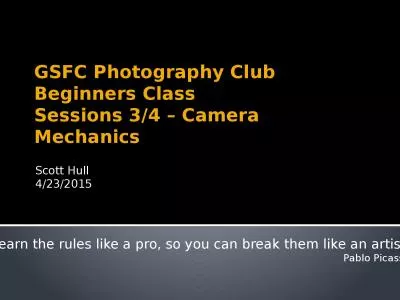PPT-GSFC Photo Club Extreme Shutter Speeds
Author : debby-jeon | Published Date : 2018-09-29
Tyler Evans Wednesday August 13 th 2014 1 Overview Short shutter speeds to freeze motion Ex water droplets falling into pool of water Long shutter speeds to blur
Presentation Embed Code
Download Presentation
Download Presentation The PPT/PDF document "GSFC Photo Club Extreme Shutter Speeds" is the property of its rightful owner. Permission is granted to download and print the materials on this website for personal, non-commercial use only, and to display it on your personal computer provided you do not modify the materials and that you retain all copyright notices contained in the materials. By downloading content from our website, you accept the terms of this agreement.
GSFC Photo Club Extreme Shutter Speeds: Transcript
Download Rules Of Document
"GSFC Photo Club Extreme Shutter Speeds"The content belongs to its owner. You may download and print it for personal use, without modification, and keep all copyright notices. By downloading, you agree to these terms.
Related Documents

